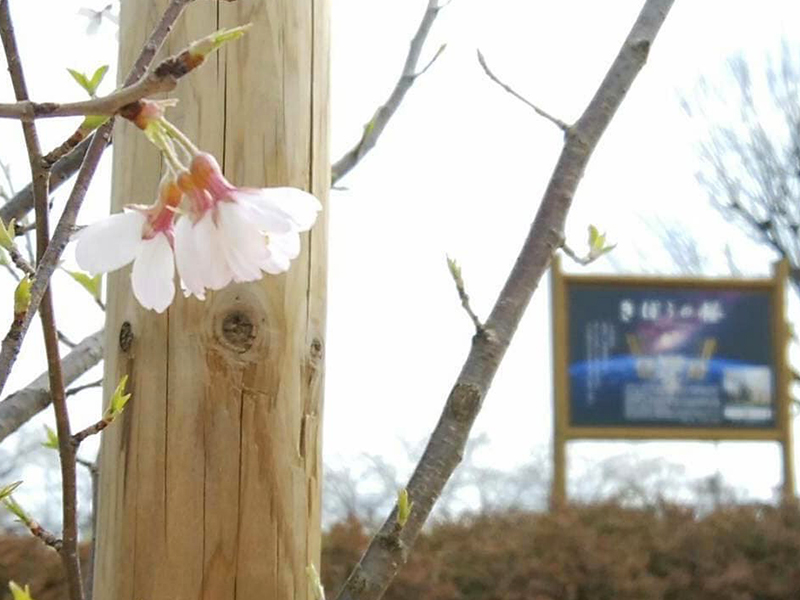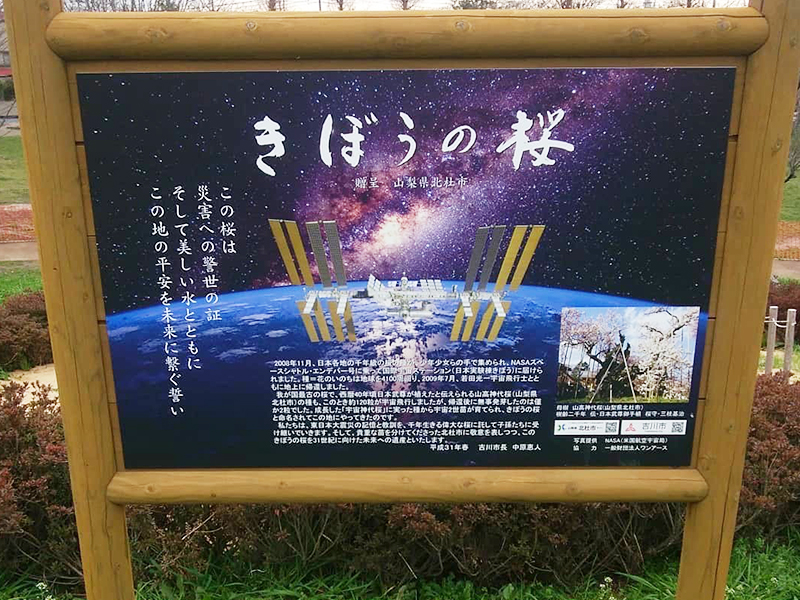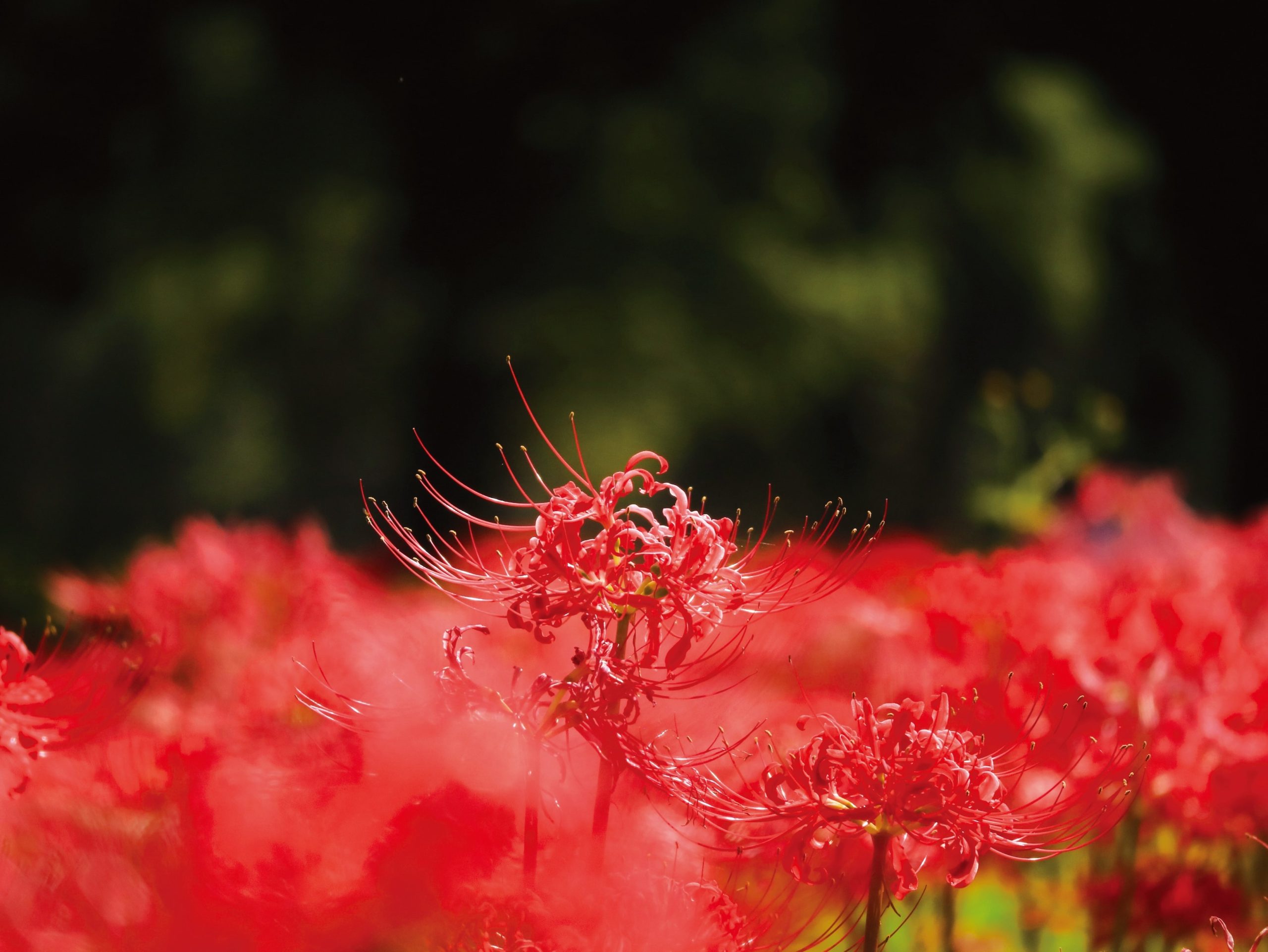Seki Park’s Cherry Blossom Tree of Hope
sightseeing
In 2008, cherry trees, which were sprouted from the seeds of the Jindai cherry tree in Hokuto City, Yamanashi Prefecture, traveled to space with astronaut Koichi Wakata, and were subsequently planted in Seki Park on April 6th, 2019 through the Kibou (Hope) Cherry Blossom Project, a project aiming to plant cherry trees in municipalities affected by the 2011 Tohoku earthquake and tsunami. The decision to plant the trees in Yoshikawa City was based on the children's communication with astronaut Kanai Yoshishige in space, the dispatching of staff to Iitate Village in Fukushima Prefecture, which was evacuated after the 2011 earthquake, and the desire to pass on an explanation of the damage caused by Typhoon Kathleen from 70 years ago to future generations. The Sakura Festival is also held at Seki Park every March.
Basic Information
Location
1-31 Yoshikawa, Yoshikawa City
Event Information
Mid-March to early April
How to get there
Public transport
About 10 minutes by bus from the north exit of Yoshikawa Station on the JR Musashino Line
Car
About 20 minutes from the Misato IC on the Metropolitan Expressway












